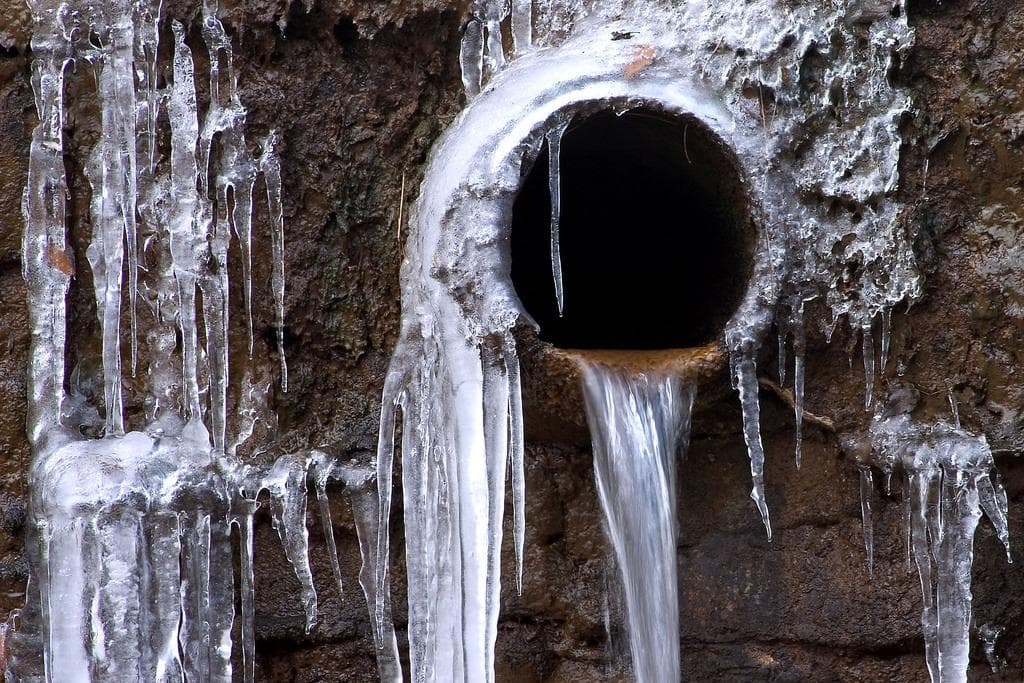Avoid Frozen Plumbing in Cold Weather: Pro Tips
Avoid Frozen Plumbing in Cold Weather: Pro Tips
Blog Article
What are your opinions about Helpful Tips to Prevent Frozen Pipes this Winter?

Winter can ruin your plumbing, especially by freezing pipelines. Below's how to avoid it from occurring and what to do if it does.
Intro
As temperature levels decline, the risk of frozen pipes increases, potentially causing pricey fixings and water damages. Recognizing just how to stop icy pipelines is critical for home owners in chilly climates.
Recognizing Frozen Pipelines
What causes pipes to freeze?
Pipelines freeze when subjected to temperatures below 32 ° F (0 ° C) for prolonged durations. As water inside the pipelines freezes, it increases, taxing the pipeline wall surfaces and potentially triggering them to break.
Threats and problems
Frozen pipes can lead to water supply interruptions, home damage, and pricey repairs. Ruptured pipes can flooding homes and create substantial structural damages.
Signs of Frozen Water Lines
Determining icy pipelines early can avoid them from bursting.
How to identify icy pipelines
Seek decreased water flow from faucets, uncommon smells or sounds from pipes, and noticeable frost on exposed pipes.
Prevention Tips
Shielding susceptible pipelines
Cover pipelines in insulation sleeves or make use of warm tape to safeguard them from freezing temperatures. Focus on pipes in unheated or exterior areas of the home.
Heating strategies
Keep interior rooms properly warmed, particularly locations with pipes. Open up cupboard doors to permit warm air to distribute around pipelines under sinks.
Securing Exterior Pipes
Yard tubes and exterior faucets
Separate and drain pipes garden hose pipes before winter. Set up frost-proof spigots or cover outdoor faucets with protected caps.
What to Do If Your Pipelines Freeze
Immediate actions to take
If you presume icy pipes, keep faucets open to eliminate stress as the ice melts. Make use of a hairdryer or towels taken in hot water to thaw pipelines gradually.
Long-Term Solutions
Structural adjustments
Take into consideration rerouting pipelines away from exterior wall surfaces or unheated locations. Add extra insulation to attics, cellars, and crawl spaces.
Updating insulation
Purchase top notch insulation for pipes, attics, and wall surfaces. Appropriate insulation helps preserve consistent temperature levels and minimizes the danger of icy pipes.
Conclusion
Protecting against frozen pipes needs proactive actions and quick responses. By understanding the causes, signs, and preventive measures, homeowners can secure their plumbing throughout cold weather.
Helpful Tips to Prevent Frozen Pipes this Winter
UNDERSTANDING THE BASICS: WHY PIPES FREEZE AND WHY IT’S A PROBLEM
Water freezing inside pipes is common during the winter months, but understanding why pipes freeze, and the potential problems it can cause is crucial in preventing such incidents. This section will delve into the basics of why pipes freeze and the associated problems that may arise.
THE SCIENCE BEHIND FROZEN PIPES
When water reaches freezing temperatures, it undergoes a physical transformation and solidifies into ice. This expansion of water as it freezes is the primary reason pipes can burst. As the water inside the pipe freezes, it expands, creating immense pressure on the walls. If the pressure becomes too great, the pipe can crack or rupture, leading to leaks and water damage.
FACTORS THAT CONTRIBUTE TO PIPE FREEZING
Low Temperatures: Extremely cold weather, especially below freezing, increases the risk of pipes freezing. Uninsulated or Poorly Insulated Pipes: Pipes located in unheated areas, such as basements, crawl spaces, or attics, are more prone to freezing. Insufficient insulation or lack of insulation altogether exacerbates the problem. Exterior Wall Exposure: Pipes running along exterior walls are susceptible to freezing as they encounter colder temperatures outside. Lack of Heating or Temperature Regulation: Inadequate heating or inconsistent temperature control in your home can contribute to frozen pipes. PROBLEMS CAUSED BY FROZEN PIPES
- Pipe Bursting: As mentioned earlier, the expansion of water as it freezes can cause pipes to burst, resulting in significant water damage.
- Water Damage: When pipes burst, it can lead to flooding and water damage to your property, including walls, ceilings, flooring, and personal belongings.
- Structural Damage: Prolonged exposure to water from burst pipes can compromise the structural integrity of your home, leading to costly repairs.
- Mold and Mildew Growth: Excess moisture from water damage can create a favorable environment for mold and mildew growth, posing health risks to occupants.
- Disrupted Water Supply: Frozen pipes can also result in a complete or partial loss of water supply until the issue is resolved.
WHY CERTAIN PIPES ARE MORE PRONE TO FREEZING
- Location: Pipes located in unheated or poorly insulated areas, such as basements, crawl spaces, attics, or exterior walls, are at higher risk of freezing.
- Exterior Pipes: Outdoor pipes, such as those used for irrigation or exposed plumbing, are particularly vulnerable to freezing as they are directly exposed to the elements.
- Supply Lines: Pipes that carry water from the main water supply into your home, including the main water line, are critical to protect as freezing in these lines can affect your entire plumbing system.
- Underground Pipes: Pipes buried underground, such as those connected to sprinkler systems or outdoor faucets, can be susceptible to freezing if not properly insulated.
https://busybusy.com/blog/helpful-tips-to-prevent-frozen-pipes-this-winter/

Do you really like reading about How to prepare your home plumbing for winter weather? Write a remark down below. We would be glad to see your ideas about this entry. Hoping that you come back again in the near future. In case you enjoyed reading our blog post kindly consider to pass it around. Thanks for your time. Revisit us soon.
Quote & Schedule Report this page